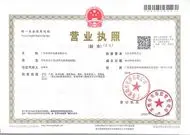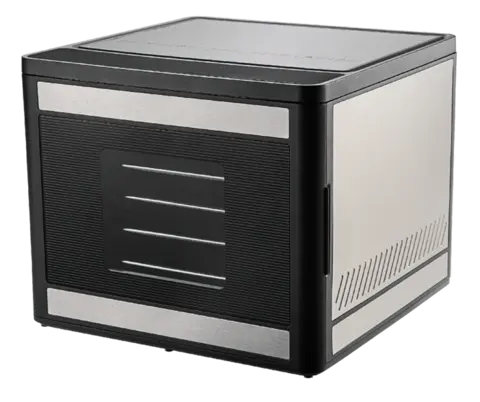Description
The main function of a fruit dehydrator (also known as a food dehydrator) is to remove moisture from food through **low-temperature hot air circulation**, while maximally preserving the food's nutrients, flavor, and color, enabling long-term preservation or creating specialty flavored foods. Its core functions can be categorized as follows: ### 1. **Food Dehydration** This is the most basic function of a fruit dehydrator. Through continuous circulation of low-temperature hot air (typically between 35°C and 70°C), it slowly evaporates moisture from food, reducing its moisture content to below 10%. This inhibits the growth of microorganisms such as bacteria and mold, thereby extending the food's shelf life. - Suitable ingredients: Fruits (such as apples, bananas, and mangoes), vegetables (such as carrots, green peppers, and mushrooms), meats (such as beef and chicken), and seafood (such as shrimp and dried fish). - Advantages: Compared to traditional sun-drying, dehydration is more uniform, faster, and unaffected by weather. Compared to pickling or refrigeration, it reduces nutrient loss and the use of additives. ### 2. **Creating Flavored Foods** The dehydration process alters the texture and flavor of ingredients, creating a variety of specialty foods: - **Dried Fruit**: Examples include raisins, banana chips, and dried strawberries. These retain their sweetness with a crispy or chewy texture, making them healthy snacks. - **Vegetable Chips**: Examples include dried sweet potatoes, purple potato chips, and kale chips. These are low-fat and low-oil alternatives to fried snacks. - **Jerky/Dried Fish**: Examples include beef jerky and dried squid. These products offer a concentrated meaty flavor and are easy to carry. - **Homemade Pet Treats**: Dehydrated meat and vegetables can be used as additive-free, safe, and healthy pet food. ### 3. **Preserving Nutrients and Active Ingredients** Low-temperature dehydration (typically below 70°C) reduces the damage to vitamins (such as vitamin C and B complex), enzymes, dietary fiber, and other nutrients in food, often caused by high temperatures. This makes it particularly suitable for ingredients where active ingredients need to be preserved. For example, when dehydrating dried vegetables, most dietary fiber and minerals are retained; when dehydrating dried fruit, natural sugars and antioxidants (such as polyphenols) are preserved. ### 4. **Multi-Function Expansion (Select High-End Models)** Some advanced fruit dryers offer additional functions, expanding their use cases: - **Fermentation**: Utilizes a stable low-temperature environment to create yogurt, natto, kimchi, and more. - **Drying Non-Food Items**: For example, drying herbs, flower petals (for tea or decoration), and homemade facial mask ingredients. - **Adjustable Speed/Temperature**: Adjustable temperature and speed levels are provided to optimize dehydration for different ingredients (such as juicy fruits and meats). In short, the core value of the fruit drying machine lies in achieving the dual purpose of "preservation + processing" of food through gentle dehydration, which not only meets the family's demand for healthy snacks, but also provides a convenient and natural solution for preserving food ingredients.
- Dried fruit machine
Production Capacity:
Not informed
Delivery Timeframe:
Not informed
Incoterms:
Not informedPackaging Details:
Not informed
More about
Guangdong Sunsir Electric Appliance Co.,Ltd.
50-100
Employees
500K - 1M
Sales volume (USD)
80%
% Export sales
Year
Established
Business type
- Industry / Manufacturer
Keywords
- food dehydrator
Contact and location
-
May ********
-
+86 76********
-
东莞 / 广东 | China





